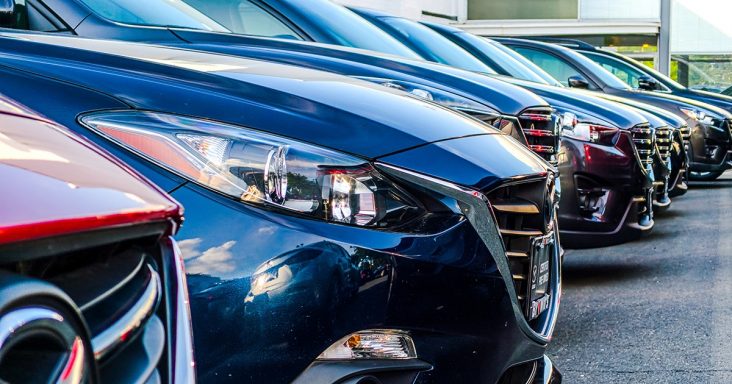Economists expect used vehicle prices to moderate this spring, summer
by April 12, 2023 9:26 am 1,038 views

Used vehicle prices are expected to be higher this year because of low inventory, automotive economists said. However, the rise in prices so far this year could lead to price declines for the remainder of spring and into summer.
In a recent conference call, Jonathan Smoke, chief economist for Cox Automotive, said supply is improving for new vehicles, while it’s tighter for used vehicles. New inventory has risen by 21 days compared to 2022. Used inventory declined by nine days from 2022 levels. Wholesale vehicle supply also has tightened, leading to a wholesale price rise.
According to the Manheim Used Vehicle Value Index, wholesale used vehicle prices increased by 1.5% in March from February. The index fell by 2.4% from March 2022.
Chris Frey, senior manager of economic and industry insights for Cox Automotive, expects the index to moderate this year but doesn’t expect values to be lower in 2023 compared to 2022. The low inventory levels are expected to keep prices higher.
Smoke said the index is expected to be up 1.6% in 2023 from 2022. New vehicle sales are projected to rise by 3% to 14.2 million in 2023 from 2022. Meanwhile, used vehicle sales are expected to be flat at 36.2 million.
Recent vehicle sales data shows new retail sales rose by 10% in March from the same time last year, while used retail sales declined by 6%. Smoke said typically used retail sales rise in March, but vehicle inventory affected this.
Jeremy Robb, senior director of economic and industry insights for Cox Automotive, said used vehicle inventory tightened throughout the first quarter and led to a rise in used vehicle prices.
“At the end of 2022, we expected to see pressure on used vehicle values to start 2023, but given the strong start and rising values through March, we’ve revised our outlook,” Smoke said. “We think the changes that occurred in March point to more negative pressures through the rest of this spring and likely into the summer since the price gap between new and used prices has grown in the first quarter and that suggests some of the gains to the start of the year could be lost, especially with used demand softening with credit tightening and new demand improving, in part, because credit conditions and used prices make a new purchase more attractive to a buyer on the fence. Even so, we don’t expect a major correction in any month in 2023 if we avoid a recession.”
Wholesale volumes are projected to rise to 9.5 million this year from 8.9 million in 2022, said Smoke, adding that volumes are expected to continue to rise through 2028 and reach 12.6 million that year. The volumes would be nearly in line with 2018 volumes of 12.7 million but less than 2019 levels of 13.5 million.
Smoke said repossessions are expected to rise to 1.5 million vehicles in 2023 from 1.2 million vehicles in 2022. By 2028, repossessions are expected to exceed 2019 levels of 1.7 million vehicles. He attributed this to a higher number of auto loans.
Smoke said tax refunds are down this year from 2022 and are a fading contributor to used vehicle demand. The average refund declined by 11% to $2,903 in 2023 from 2022. He also said the job market is weaker than last year but still strong enough that the Fed will likely increase the federal funds rate by 0.25 percentage points in May. The existing target rate is 4.75% to 5%.
